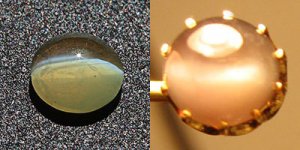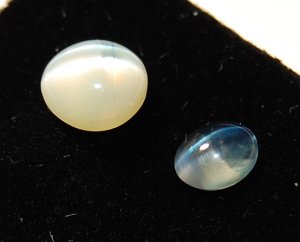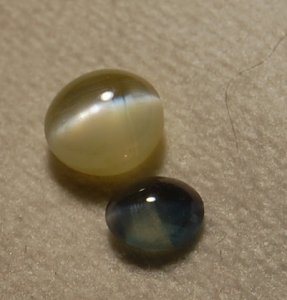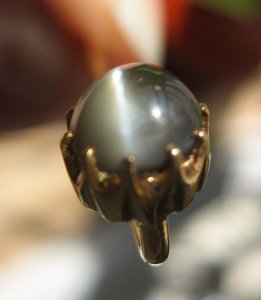glitterata
Ideal_Rock
- Joined
- Apr 17, 2002
- Messages
- 4,748
Date: 10/19/2009 12:50:24 PM
Author: zeolite
Notice how quickly my eye goes from white to the body color. Notice how your eye has a much wider white transition from the eye to the body color. That is a measure of how tiny or large the inclusions are that make up the the eye. Chrysoberyls have the finest, tiniest inclusions, which give them the sharpest eye. But that is a good indication, not proof. A spot refractive index would instantly separate the two gem species.
But isn''t a lot of that the milk-and-honey effect? In your photo, the light source is directly over the eye. In mine, it''s slightly off-center--see how the sun reflects slightly to the right of the line of the eye?
Where would I find a gemologist who can do a spot refractive index test? What does the test involve? Is it something I can walk into a jewelry store and ask them to do, or do I need to make an appointment with an appraiser?








300x240.png)